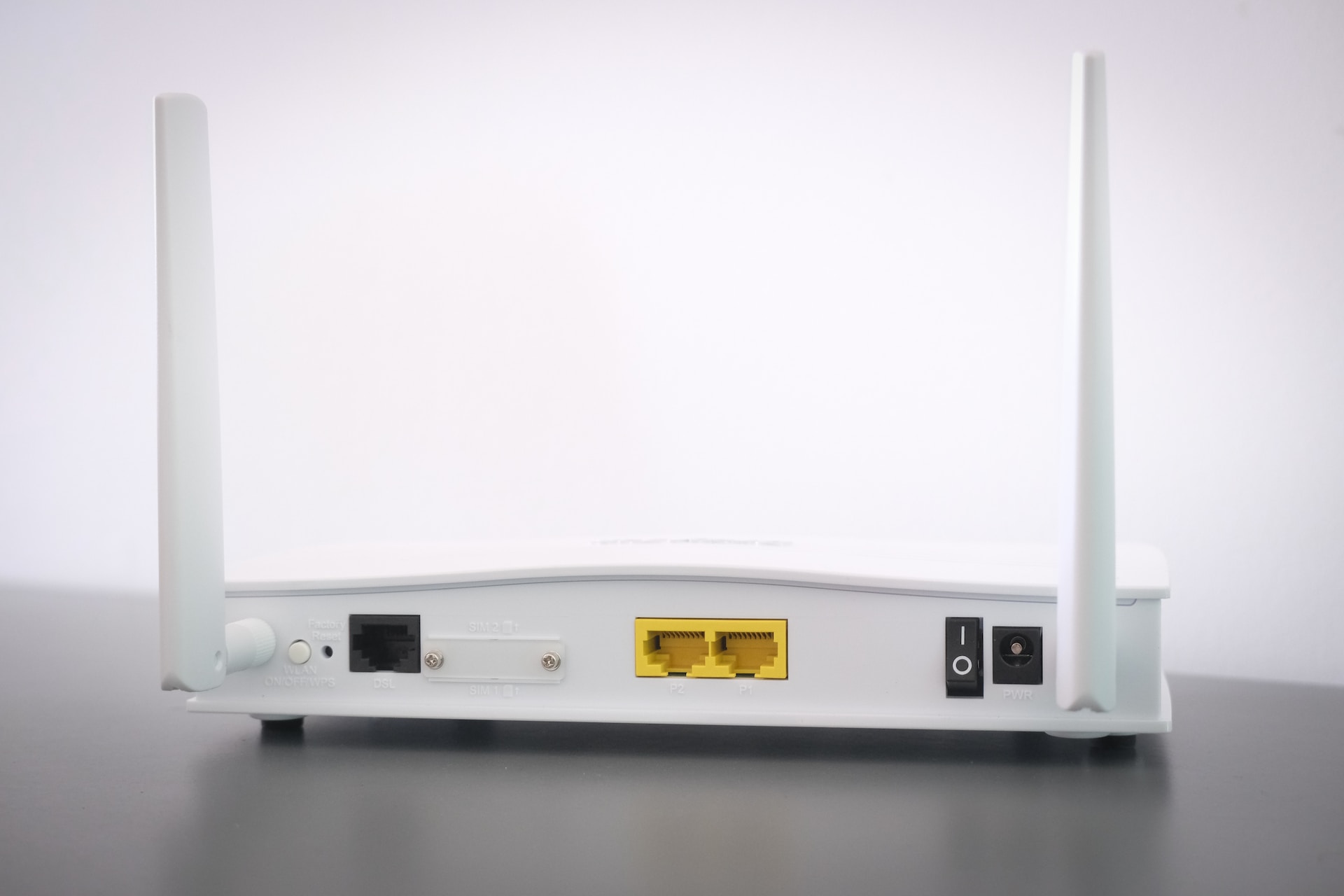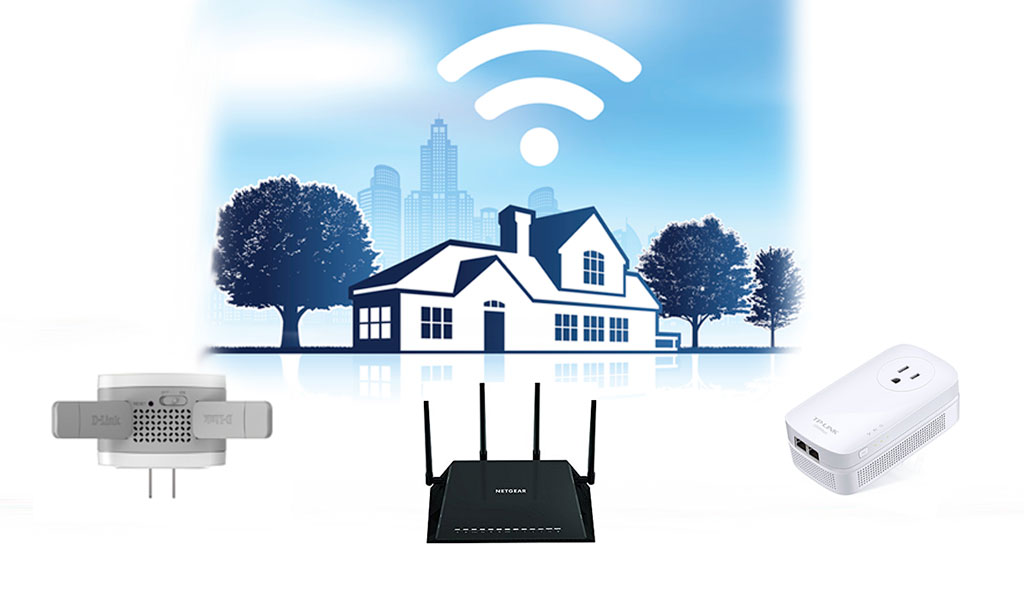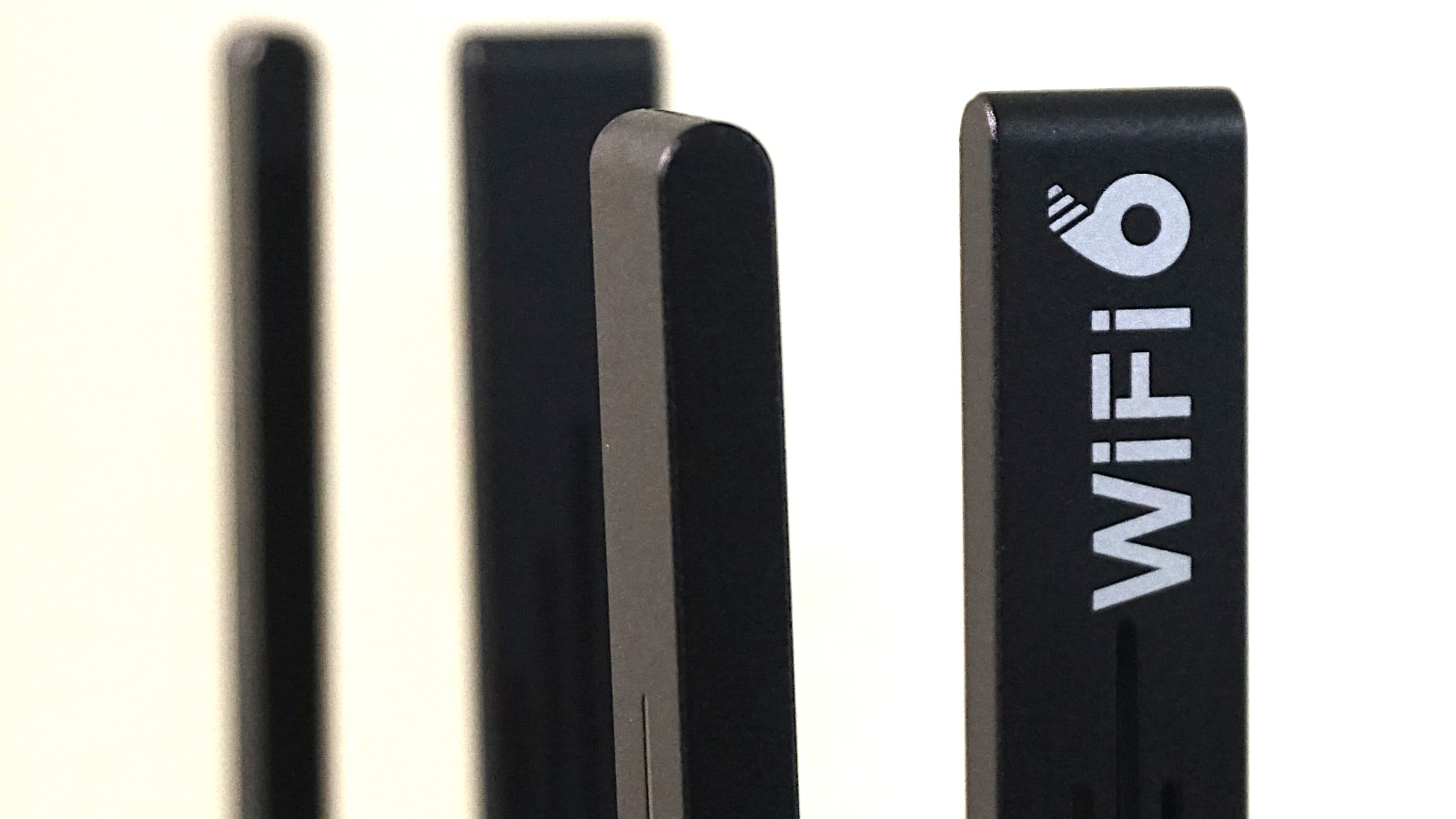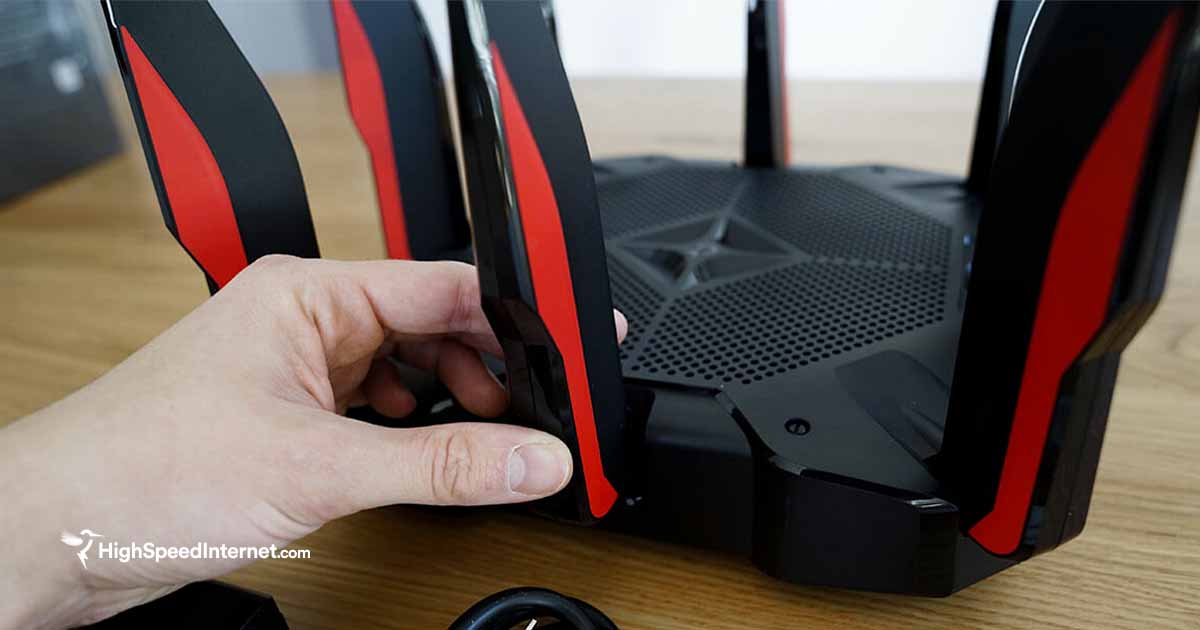Understanding Wi-Fi Frequencies: Choosing Between 2.4 GHz and 5 GHz
2.4 GHz Wi-Fi has more range, but 5 GHz Wi-Fi is faster.
Oct 20, 2022 | Share
Technology
Your router probably has both 2.4 GHz Wi-Fi and 5 GHz Wi-Fi. The terms 2.4 GHz and 5 GHz refer to frequency bands used by wireless routers to carry Wi-Fi signals. Using the right Wi-Fi frequency band for your circumstances helps you achieve a faster and more reliable internet connection. So let’s go over the strengths, weaknesses, and best uses of 2.4 GHz and 5 GHz Wi-Fi.
2.4 GHz Wi-Fi
![]() Pros
Pros
- More range than 5 GHz Wi-Fi
- Better reliability through walls and obstructions
![]() Cons
Cons
- Slower than 5 GHz Wi-Fi
- More susceptible to interference
5 GHz Wi-Fi
![]() Pros
Pros
- Faster than 2.4 GHz Wi-Fi
- Less susceptible to interference
![]() Cons
Cons
- Less range than 2.4 GHz Wi-Fi
- Worse reliability through walls and obstructions
The 2.4 GHz Wi-Fi frequency band gives you more range and passes better through walls and other physical obstructions. The 5 GHz Wi-Fi frequency band provides more speed—a lot more. Using the latest Wi-Fi standard and the best router, 2.4 GHZ Wi-Fi can reach up to 600 Mbps under absolutely ideal conditions. But for your average home network, a max speed of 150 Mbps is more likely from a 2.4 GHz Wi-Fi connection.
A 5 GHz Wi-Fi connection can reach up to 1,300 Mbps—more than double the speed. Additionally, 5 GHz Wi-Fi is better at avoiding signal interference from other routers and devices.
Use 5 GHz Wi-Fi if you have a strong Wi-Fi signal
Your 5 GHz Wi-Fi is faster and better at avoiding interfering signals from other routers and wireless devices. The downside is it has less range and doesn’t pass through walls and obstructions as easily as 2.4 GHz W-Fi. So, if you have a strong Wi-Fi signal (three or more bars on your device’s Wi-Fi meter), there’s no reason not to use 5 GHz Wi-Fi. In fact, it may be essential if you’re in an apartment complex or any living situation where you are in range of other routers.
Use 2.4 GHz Wi-Fi when you can’t use 5 GHz Wi-Fi
The only time to really use 2.4 GHz Wi-Fi is when you can’t effectively use 5 GHz Wi-Fi. If you’re out of your 5 GHz Wi-Fi’s effective range or getting a spotty signal due to thick walls or other obstructions, try switching to 2.4 GHz Wi-Fi to see if your connection improves.
2.4 GHz Wi-Fi explained
The 2.4 GHz Wi-Fi frequency band uses lower frequencies than the 5 GHz Wi-Fi frequency band—that’s why 2.4 GHz Wi-Fi is better at penetrating solid objects and why it gives you more Wi-Fi range than the 5 GHz frequency band.
The problem is a lot of devices use the 2.4 GHz frequency band, including microwaves, garage door openers, and baby monitors. The signals from these devices can introduce interference that slows down or interrupts 2.4 GHz Wi-Fi.
Other routers broadcasting on the same radio frequencies can cause interference to your 2.4 GHz Wi-Fi as well. Within the 2.4 GHz frequency band, there are 14 channels. Your router automatically selects one of these channels to broadcast your Wi-Fi. But if another router is broadcasting Wi-Fi on the same channel within the same space, it may interfere with your Wi-Fi signal. This is especially common in apartment buildings, where there are multiple routers within range of each other.

5 GHz Wi-Fi explained
The 5 GHz Wi-Fi band broadcasts Wi-Fi on higher frequencies than 2.4 GHz Wi-Fi band, and these higher frequencies don’t travel through walls and solid objects as well as the lower frequencies of 2.4 GHz Wi-Fi. This results in less Wi-Fi range than 2.4 GHz Wi-Fi.
On the upside, 5 GHz Wi-Fi is a lot faster than 2.4 GHz Wi-Fi because it uses a newer, more effective Wi-Fi standard (Wi-Fi 5). The 5 GHz Wi-Fi frequency band is also much less prone to interference because it has more channels and because the 5 GHz frequency band is relatively isolated compared to 2.4 GHz—meaning other devices like garage door openers and cordless phones don’t use it.
What do 2.4 GHz and 5 GHz mean?
The terms 2.4 GHz and 5 GHz refer to frequency bands used by wireless routers to carry Wi-Fi signals. Most routers these days are dual-band routers, meaning that they broadcast on both frequency bands. The numbers 2.4 and 5 refer to where on the frequency spectrum the frequency bands begin, 2,401 for 2.4 GHz and 5,180 for 5 GHz.
Is 2.4 GHz or 5 GHz better?
If you need speed, go with 5 GHz Wi-Fi—it’s faster and uses newer technology. But if you need range, 2.4 GHz Wi-Fi is better at getting through tough obstacles over a wider area. Because each excels at different things, the 2.4 GHz vs. 5 GHz debate is often best answered by selecting the Wi-Fi type that best serves your current needs—the extra speed from a 5 GHz Wi-Fi connection doesn’t do you any good if you’re out of range or the signal is blocked by obstructions.
What is Wi-Fi 6E?
Wi-Fi 6E is a Wi-Fi standard that introduces the use of the 6 GHz frequency band. These newly designated frequencies can now be used for even faster Wi-Fi speeds, but there are two big caveats: First, you need to have a router and devices that support Wi-Fi 6E, limiting the use of Wi-Fi 6E to new equipment. Second, Wi-Fi 6E has a very short range; in fact, it’s recommended that you only use Wi-Fi when you are in the same room as the router broadcasting the signal.
That being said, if you’re in the market for a new router, you should absolutely make an effort to get one that supports Wi-Fi 6E; it’s bound to become a useful feature as more devices support the standard.
What are Wi-Fi frequency bands?
Wi-Fi routers use radio frequencies to transmit data to your wireless devices. These frequencies fall into two groups or bands (2.4 GHz and 5 GHz), which just means they are groups of radio frequencies. Most routers are capable of transmitting over both the 2.4 GHz and 5 GHz Wi-Fi frequency bands, and that’s why we call them dual-band routers.
The radio frequencies within the 2.4 GHz and 5 GHz frequency bands are divided into channels. Your Wi-Fi uses one of these channels to transmit your internet signal. There are 42 channels for 5 GHz Wi-Fi, while 2.4 GHz Wi-Fi has only 14. That’s why Wi-Fi traffic jams are not a big problem with 5 GHz Wi-Fi; there are more lanes to choose from.
Author - Austin Aguirre
Austin worked as a broadband technician installing and troubleshooting countless home internet networks for some of the largest ISPs in the U.S. He became a freelance writer in 2020 specializing in software guides. After graduating with a BS in technical communication from Arizona State University, he joined the team at HighSpeedInternet.com where he focuses on home network improvement and troubleshooting.
Editor - Rebecca Lee Armstrong
Rebecca Lee Armstrong has more than six years of experience writing about tech and the internet, with a specialty in hands-on testing. She started writing tech product and service reviews while finishing her BFA in creative writing at the University of Evansville and has found her niche writing about home networking, routers, and internet access at HighSpeedInternet.com. Her work has also been featured on Top Ten Reviews, MacSources, Windows Central, Android Central, Best Company, TechnoFAQ, and iMore.





